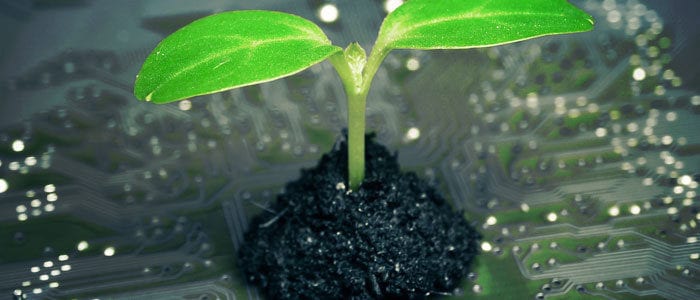
Data centers and networks each use around 1% of the world’s electricity, according to the International Energy Agency – more, for now, than electric vehicles. That could hit double-digits by 2030, making related emissions a problem. They use roughly 200 terawatt-hours a year, according to a 2018 study led by Eric Masanet, an engineer at Northwestern University in the United States. That’s in the same ballpark as Australia’s annual consumption.
 The good news is that figure has barely increased over the past decade. Even as data volumes have multiplied, networks and server farms, particularly so-called hyperscale centres operated by Amazon.com, Microsoft, and Alphabet-owned Google, have become extremely energy efficient.
The good news is that figure has barely increased over the past decade. Even as data volumes have multiplied, networks and server farms, particularly so-called hyperscale centres operated by Amazon.com, Microsoft, and Alphabet-owned Google, have become extremely energy efficient.

Giant technology companies are among the world’s largest buyers of renewable energy. But that won’t be enough to spare them the attention of environmental, social and governance-oriented investors. At the top of the agenda will be pushing for better disclosure about energy use and emissions – and not just for the likes of Amazon and Microsoft but anyone who utilizes extensive terawatts of power to run a global information infrastructure.
With unstructured data representing 60-80% of all data – this is ripe to make more efficient…and thus greener. Let InfoDNA so an assessment of your document landscape and show how you can save kilowatts – and money – in making a change.

